News articles
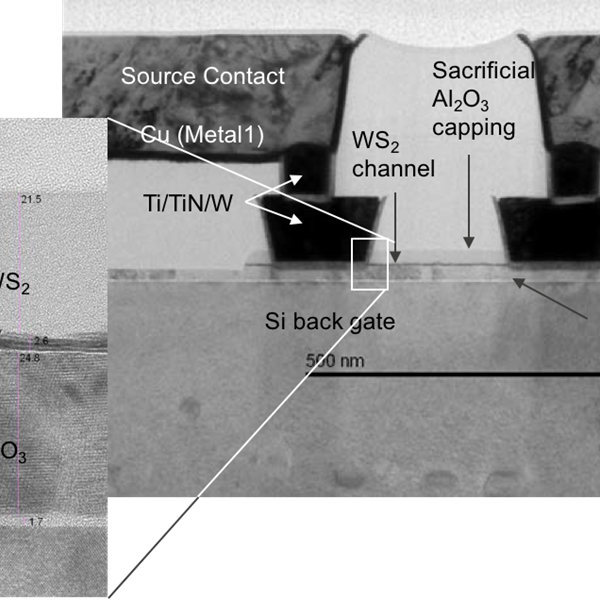
2dfun
The union of graphene with semiconductors and dielectric insulators allows the development of electronic circuits.
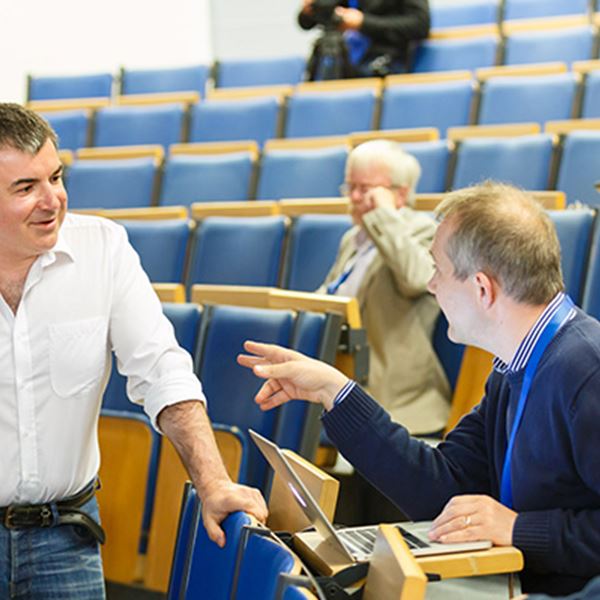
Graphene Week
With a growing number of graphene related events to choose from, why should scientists, researchers, students and industry representatives choose the Graphene Flagship’s Graphene Week 2018?
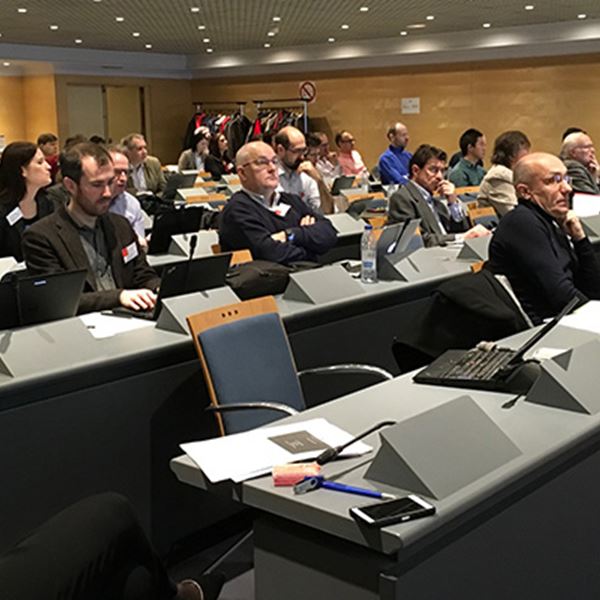
FLAG ERA Kick Off
FLAG-ERA held a kick off seminar on 21 and 22 March 2018 to welcome the Graphene Flagship and Human Brain Project's new Partnering Projects.
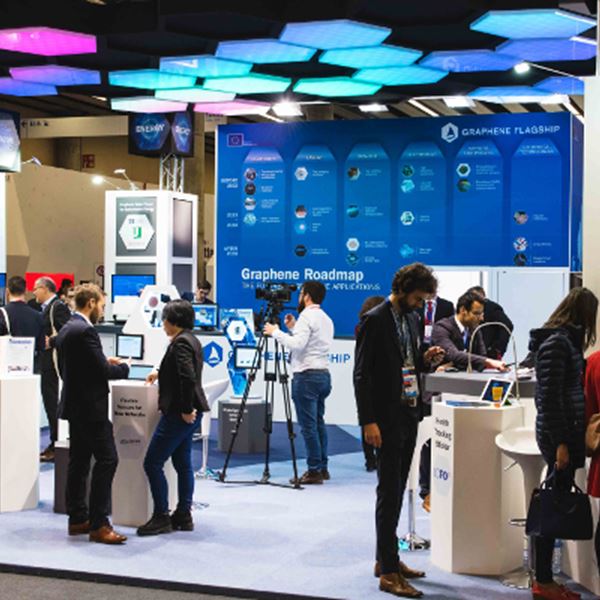
Graphene takes centre stage at Mobile World Congress
For the third year running, Graphene Flagship researchers made an impact with a strong show of graphene technologies at Mobile World Congress, held in Barcelona between 26 February to 1 March 2018.

Impact Assessment Workshop 2018
Wide Hogenhout of the EC flagship unit speaking at the Impact Assessment Workshop hosted by the Graphene Flagship.
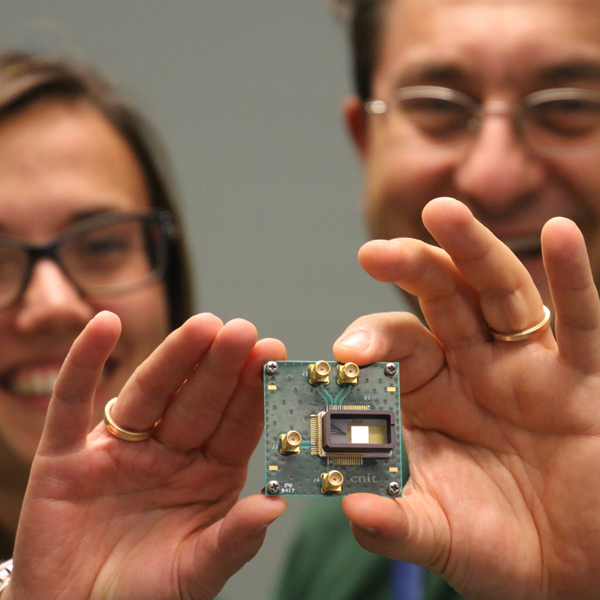
Ultra Fast Graphene Photonics
In the image above are Ericsson researchers, Antonio D’Errico and Teresa Pepe, showing graphene-based photonic switch.

The Graphene Pavilion at the 2018 Mobile World Congress
The Graphene Flagship returns to the GSMA Mobile World Congress, bringing with it the next generation of mobile technologies with interactive demonstrations in Sensors and IoT, Wearables and Health, Datacom and Energy.

Anne Goldberg
Anne Goldberg has been voted a member of the Graphene Flagship Strategic Advisory Council, a group of scientific and technological experts whose task it is to advise the project on strategic research decisions as well as act as ambassadors for the Flagship.
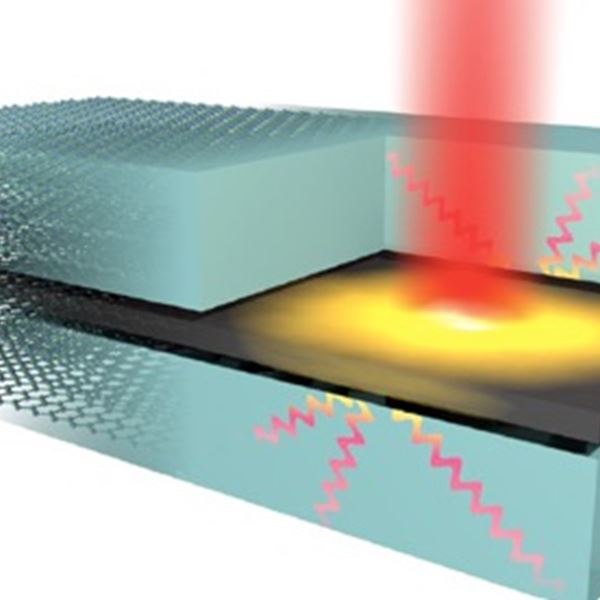
Fast flowing heat in layered material heterostructures
The image above shows a schematic representation of the highly efficient out-of-plane heat transfer from graphene hot electrons (yellow glow), created by optical excitation (red beam), to hyperbolic phonon-polaritons in hBN (wave lines). Credit: ICFO
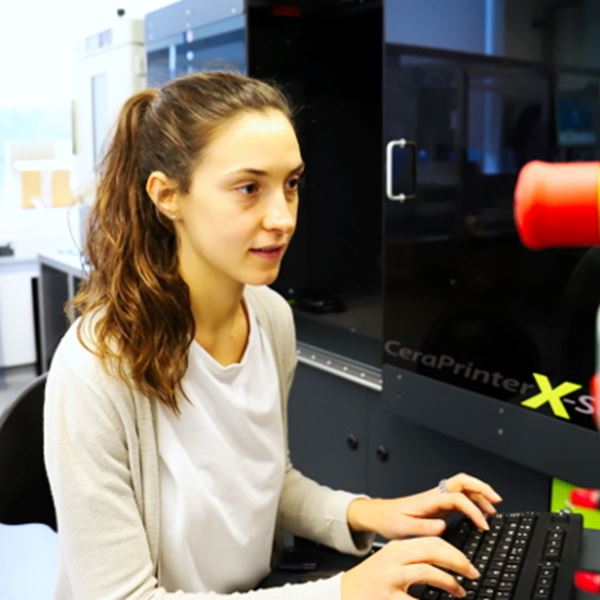
Spotlight Lucia Lombardi
The Graphene Flagship's Spotlight explores the experience of the researchers behind the results. Lucia Lombardi has been involved in many different projects during her PhD. She spoke to the Graphene Flagship about how she balances her research.

Graphene in zero G promises success in space
In a successful collaboration between the Graphene Flagship and the European Space Agency, experiments testing graphene for two different space-related applications have shown extremely promising results. Based on these results, the Flagship are continuing to develop graphene devices for use in space.
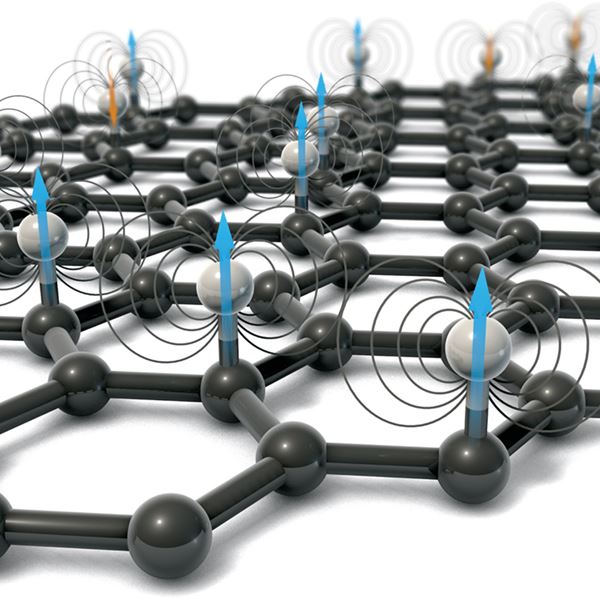
HiMagGraphene project is controlling magnetism in graphene with hydrogen atoms
In the image above are shown magnetic moments are formed when hydrogen atoms bond to carbon atoms in the honeycomb graphene lattice. The honeycomb lattice comprises two sublattices, and the moments align ferromagnetically (blue) when on the same sublattice and antiferromagnetically (orange) when on the opposing sublattice. Credit: C. Bickel/Science

Graphene spin transport takes a step forward towards applications
Researchers from the Graphene Flagship have predicted and demonstrated a giant spin anisotropy in graphene, paving the way for new spintronic logic devices. This landmark collaborative effort shows the Flagship’s role in rapid progress, from theoretical concept to experimental confirmation.
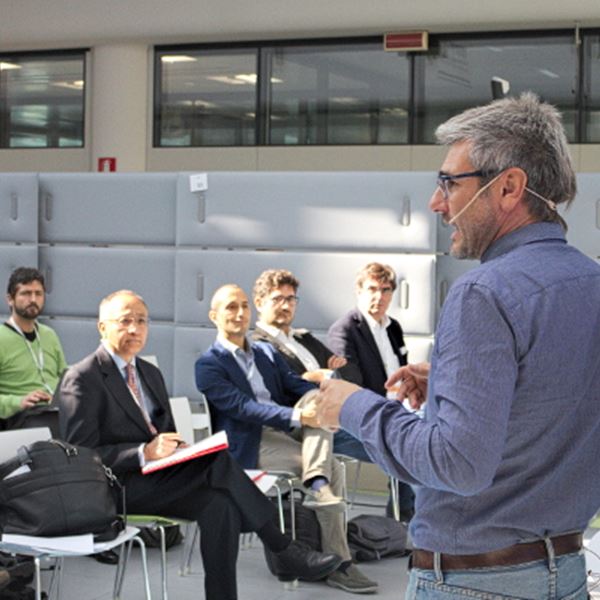
Graphene’s Raw Potential in Composites
Graphene composites could reduce reliance on critical raw materials for automotive, aerospace, and energy applications, as highlighted at a workshop co-hosted by EIT Raw Materials, Hub Innovation Trentino and the Graphene Flagship in Trento, Italy.
